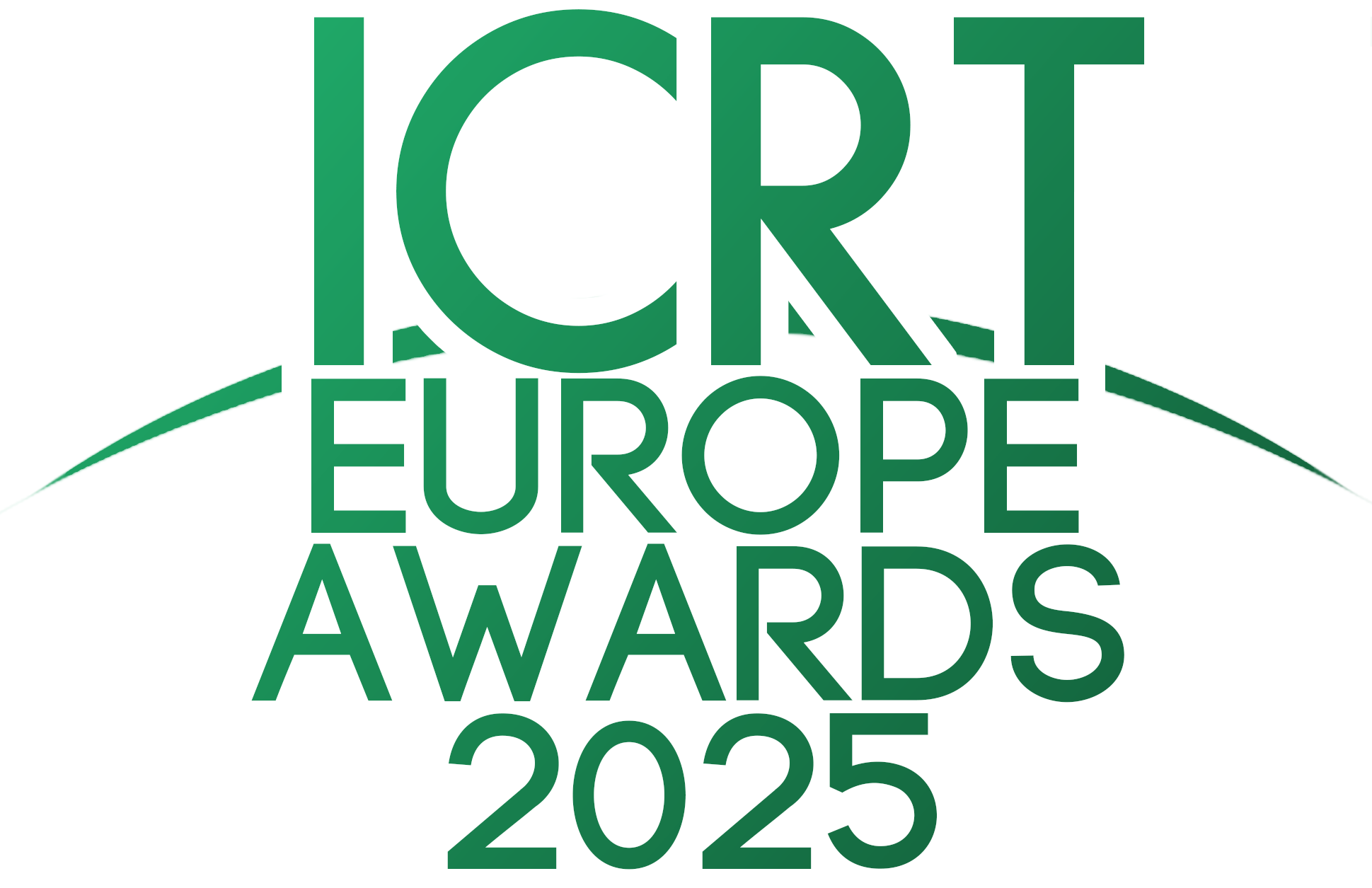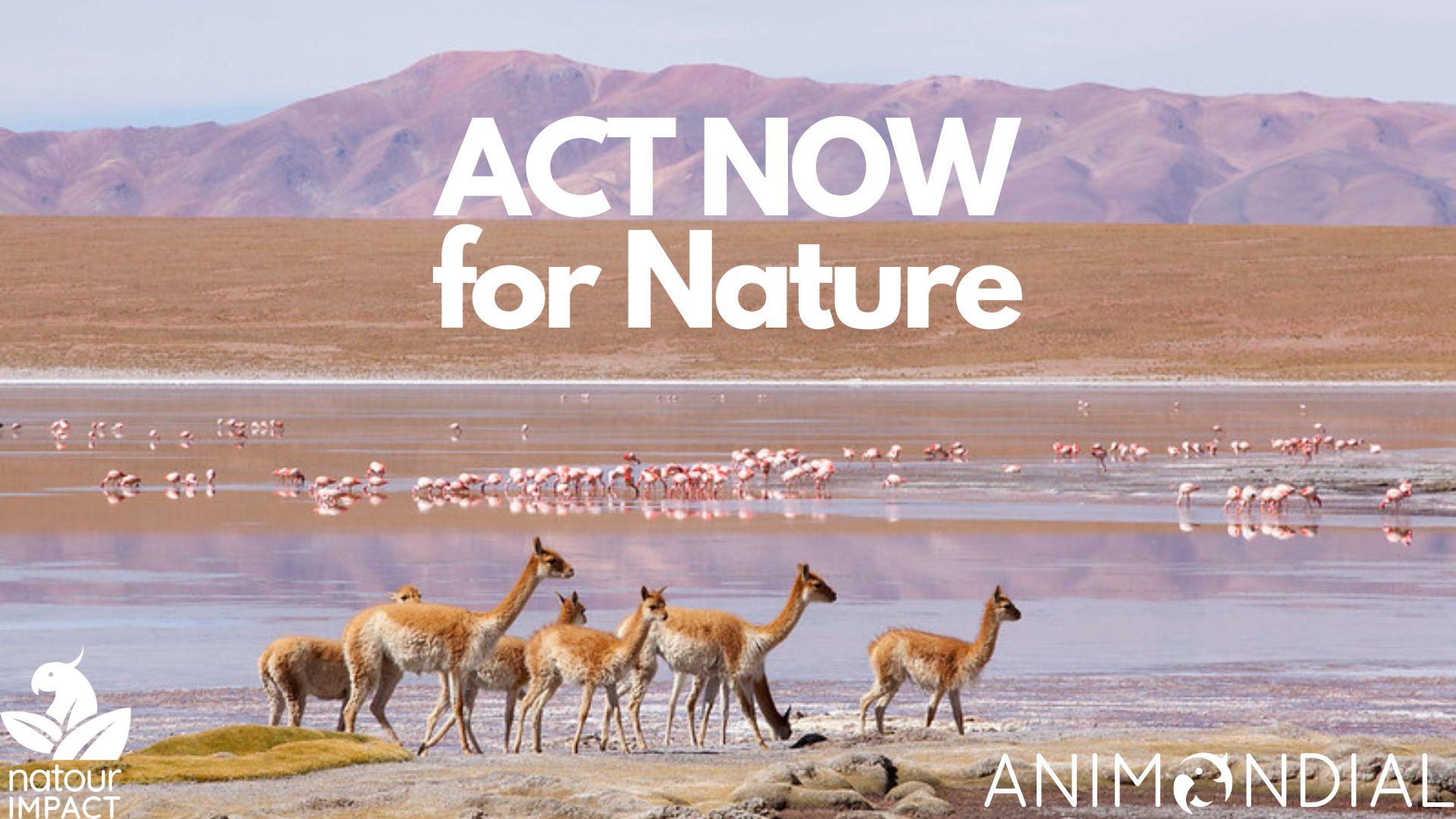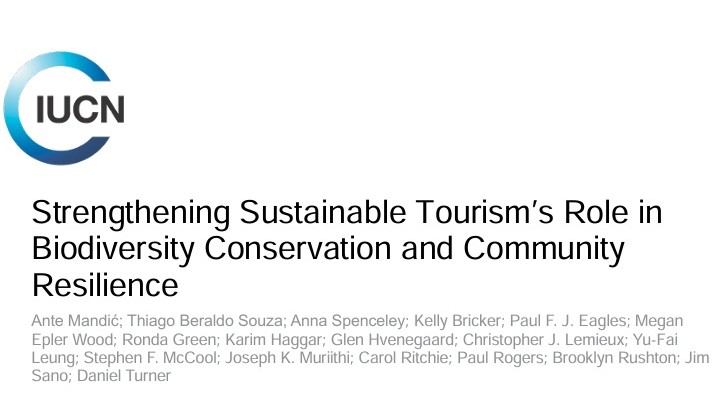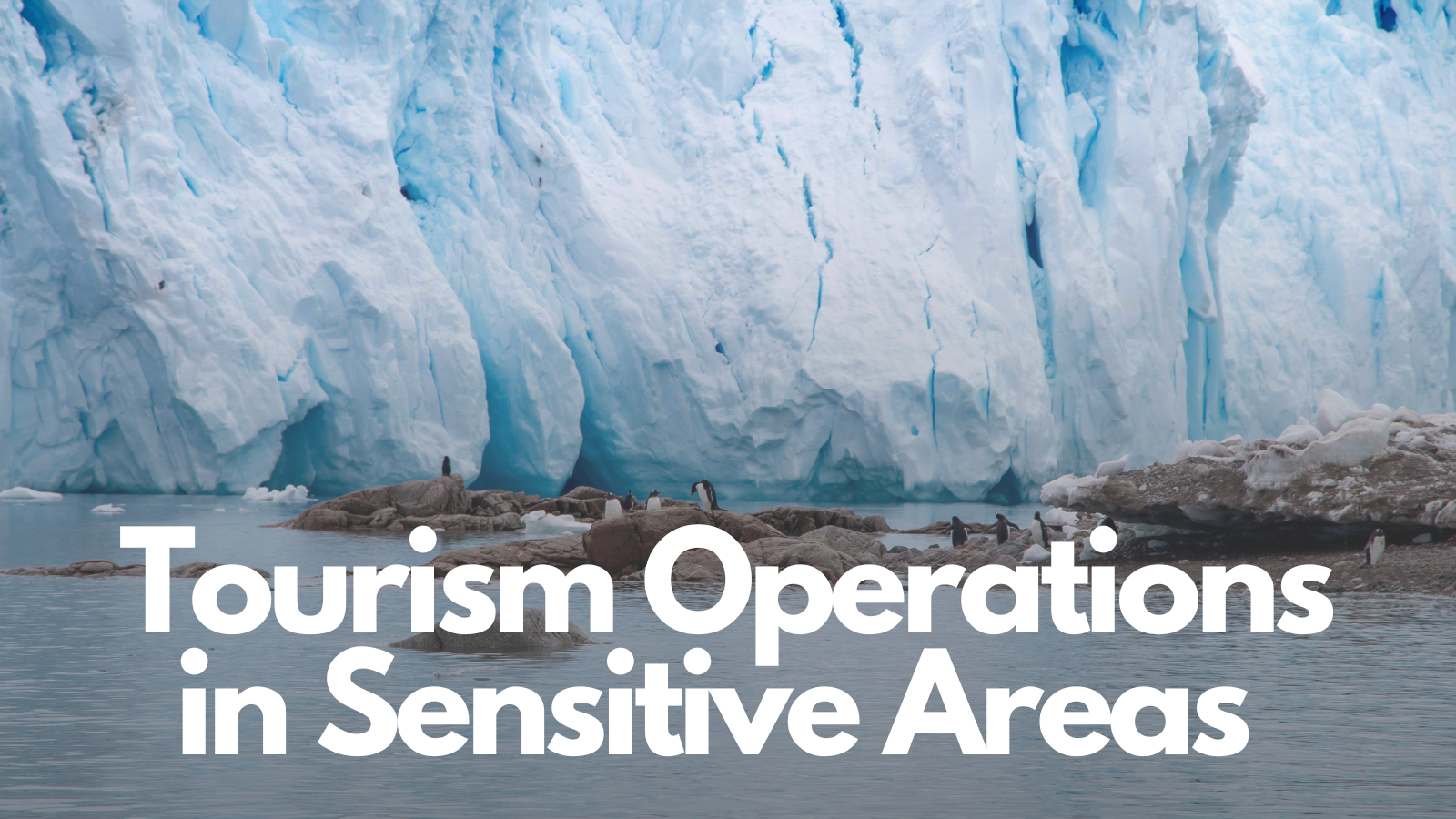
travel and tourism Tag
- All
- RESOURCES
Act Now for Nature: Protect Nature Today, Secure Tourism Tomorrow
30 October, 2025
Operating in sensitive areas: reducing business risks
24 September, 2025
Defining your Nature Commitment
30 July, 2025
A Meaningful Commitment to Animal Protection
30 June, 2025
Discovering your Nature Opportunities
21 May, 2025
Managing your Nature Risks
27 April, 2025
Know Your Nature Impacts and Opportunities
27 March, 2025
Know Your Nature Risks and Dependencies
27 February, 2025
Five Years to Reverse Biodiversity Loss
27 January, 2025
Biodiversity Literacy – as important as carbon
19 December, 2024
COPs & Dodgers! Business leadership steps up
28 November, 2024
Sustainability Reporting: A means to an end
18 October, 2024
Crafting a Nature Positive Tourism Strategy
28 June, 2024
Be Part of the Plan
20 May, 2024
Value chain good practice – Iberostar
01 May, 2024
Addressing impacts on nature – Fuze Ecoteer
01 May, 2024
Understanding business impacts on nature - DISCOVA
01 May, 2024
Biodiversity benchmarking - MSC Cruises
01 May, 2024
The Future of Tourism – in Action!
28 April, 2024
Biodiversity Basics
26 March, 2024
Why Carbon Reduction and Nature Protection Go Hand in Hand
15 March, 2024
Harnessing Tourism To Advance Conservation – Webinar
28 February, 2024
Nature Positive Tourism – your journey to Net Positive for Nature
29 January, 2024
From Animal Positive to Nature Positive
27 November, 2023
Destination Connection
27 October, 2023
A Nature-Positive Approach To Net-Zero Travel & Tourism – Pt1
30 September, 2023
A Nature-Positive Approach To Net-Zero Travel & Tourism – Pt2
29 September, 2023
Biodiversity protections throughout the supply chain
25 September, 2023
Beyond Sustainable Tourism: Embracing Nature Positive
30 August, 2023
Beyond Sustainable Tourism: Embracing Nature Positive
29 August, 2023
Go Nature Positive with Biodiversity Partnerships
03 July, 2023
Earth Day: Understanding the nature around you
20 April, 2023
Act for Nature – but don’t forget the NATURE!
31 March, 2023
A Nature-positive Approach To Net-zero Travel & Tourism
07 March, 2023
Rising to the biodiversity challenge
27 February, 2023
The Future Of Biodiversity Compliance
27 January, 2023
Carbon Offsetting: An essential action or an ineffective distraction?
29 November, 2022
Beyond Sustainable Tourism – the future is Nature Positive
28 October, 2022
Nature Positive Travel & Tourism: Travelling in Harmony With Nature – Film
08 September, 2022
Realising our Vision for Travel & Tourism
26 August, 2022
How to start protecting and restoring nature
25 July, 2022
What’s SDG17 got to do with it?
30 May, 2022
PATA Spotlight: Can sustainable tourism regenerate nature?
30 April, 2021
Animal Welfare in Tourism Starter Kit for SMEs (trailer)
30 November, 2018






























































